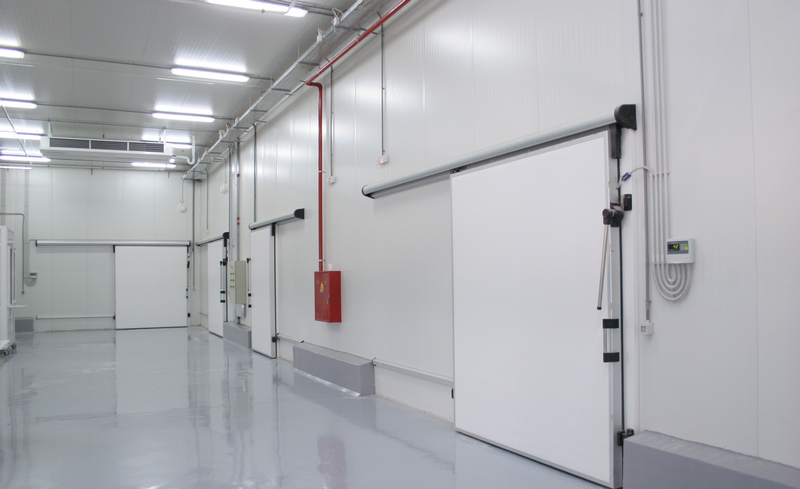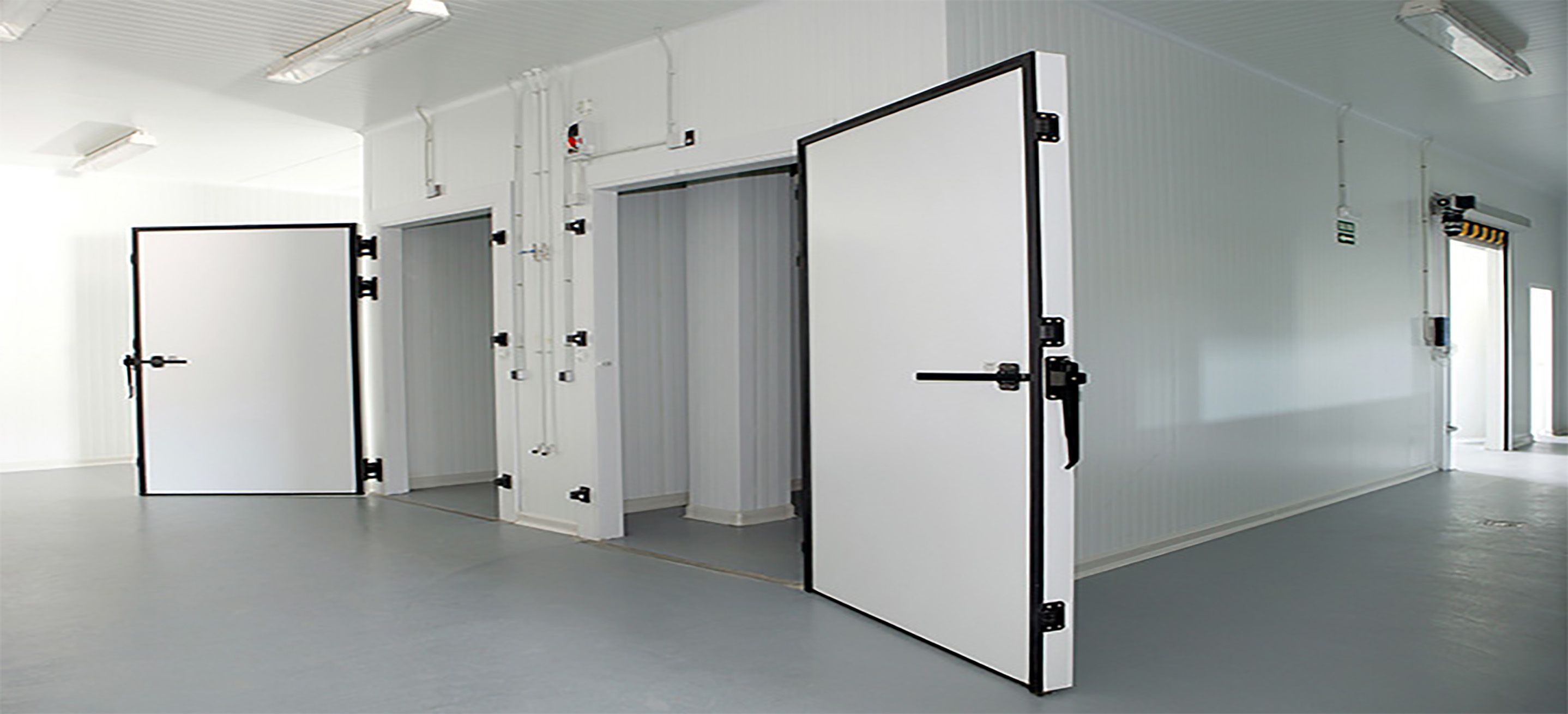Cold rooms, also known as walk-in refrigerators or freezers, are essential components of many industries including food storage, pharmaceuticals, and scientific research. These rooms are designed to maintain specific temperature and humidity levels to preserve the quality and safety of their contents. Let's explore some of the temperature control solutions used in cold rooms:

Refrigeration Systems: The primary mechanism for cooling in cold rooms is through refrigeration systems. These systems typically utilize compressors, condensers, evaporators, and refrigerants to extract heat from the room and maintain the desired temperature.
Insulation: Proper insulation is crucial for maintaining the desired temperature inside the cold room and preventing heat transfer from the external environment. Common insulation materials include polyurethane foam, polystyrene, or mineral wool.
Temperature Control Systems: These systems regulate the temperature inside the cold room by monitoring sensors and adjusting the operation of the refrigeration system accordingly. Advanced temperature control systems may feature digital displays, alarms, and remote monitoring capabilities.
Humidity Control: In addition to temperature control, some cold rooms require precise humidity levels to preserve the quality of sensitive products. Humidity control systems may include humidifiers, dehumidifiers, or integrated systems that can adjust humidity levels as needed.
Air Circulation: Proper air circulation ensures uniform temperature distribution within the cold room, preventing hot spots or cold spots that can compromise product quality. Fans or air circulation systems are commonly used to achieve this.
Energy Efficiency: With increasing emphasis on sustainability and energy efficiency, modern cold rooms often incorporate energy-efficient components such as variable speed compressors, LED lighting, and optimized insulation to minimize energy consumption.

Backup Systems: To prevent loss of perishable goods in case of power outages or equipment failure, many cold rooms are equipped with backup power sources such as generators or battery backups for essential systems.
Remote Monitoring and Control: Remote monitoring and control systems allow operators to monitor temperature, humidity, and other parameters of the cold room from a remote location via computer or mobile device. This enables real-time monitoring and immediate response to any deviations from the desired conditions.
Clean Room Solutions: In industries like pharmaceuticals or biotechnology, cold rooms may need to meet stringent cleanliness standards to prevent contamination of sensitive products. Clean room solutions may include specialized air filtration systems and smooth, easy-to-clean surfaces.
Customization Options: Cold rooms can be customized to suit specific requirements such as size, temperature range, shelving configurations, and access doors. This flexibility allows for tailored solutions to meet the unique needs of different industries and applications.

Overall, temperature control solutions in cold rooms play a critical role in preserving the quality, safety, and longevity of perishable goods and sensitive materials across various industries. Advancements in technology continue to improve the efficiency, reliability, and customization options of cold room systems, ensuring they remain indispensable assets for businesses worldwide.

No comments:
Post a Comment